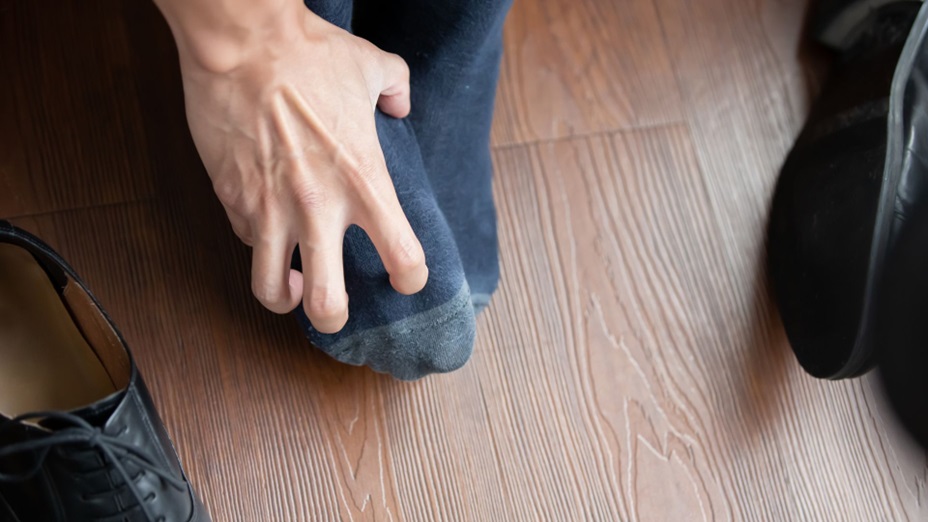An athlete’s foot, also known as tinea pedis, is a common fungal infection that affects the skin on the feet. Although it is most frequently seen in athletes, it can also affect non-athletes. In this article, we will delve into the causes, symptoms, and various treatment options for athletes’ feet.
What Causes Athlete’s Foot?
Fungi called dermatophytes cause athlete’s foot. These microbes thrive in warm, moist, and enclosed environments – making footwear and locker rooms the perfect breeding ground for them to grow. The fungi feed on dead skin cells and can quickly spread if left unchecked.
Recognizing the Symptoms
Being aware of the symptoms can help you identify if you’re experiencing an athlete’s foot. The most common signs and symptoms include:
- Itching, burning, and stinging between the toes.
- Dry, scaly, or peeling skin on the feet.
- Red, inflamed, or cracked skin.
- Blisters, which can become painful and lead to bacterial infections if not treated.
- Discolored or thickened toenails, indicating toenail fungus.
Prevention is Key
As the saying goes, “Prevention is better than cure.” Here are some practical tips to avoid being affected by athlete’s foot:
- Keep your feet clean and dry: Wash your feet daily with soap and water, and dry them thoroughly afterward, particularly between the toes.
- Wear well-ventilated footwear: Choose footwear made from natural materials, such as leather or canvas, that allow air to circulate around your feet.
- Change your socks regularly: Changing your socks daily or when they become damp can help prevent the growth of fungi.
- Alternate your footwear: Allow your shoes to air for at least 24 hours between uses.
- Protect your feet in public spaces: Wear flip-flops or sandals in communal showers, pools, and locker rooms.
- Treat any cuts or lesions promptly: This will reduce the risk of infection or spread to other areas of the foot.
Treatment Options
If you suspect that you have an athlete’s foot, there are several treatments available. Over-the-counter (OTC) antifungal creams, such as clotrimazole and terbinafine, can effectively treat mild to moderate infections. Simply apply the cream as directed on the packaging, and continue treatment for one to two weeks after the symptoms have resolved. However, if your symptoms persist, worsen, or return, consult a healthcare professional, as you might require a prescription-strength antifungal medication.
For more severe cases, a healthcare professional may prescribe oral antifungal medications. These medications should be taken as directed and should be used only under the supervision of a healthcare professional. Remember, leaving an athlete’s foot untreated can have serious consequences over time. It is essential to promptly address the issue to prevent potential complications. Also, check out this blog to know more about what happens when an athlete’s foot is left untreated for years. This way, you can take the necessary steps to protect your feet and maintain your overall well-being.
Wrapping Up
Athlete’s foot is an uncomfortable and annoying condition, but with proper preventative measures and timely treatment, you can keep your feet fungus-free. For personalized advice, diagnosis, and treatment options, consider consulting a healthcare professional for athlete’s foot in St Marietta. Together, you can develop an effective treatment plan to address the issue and restore your feet’s health.


